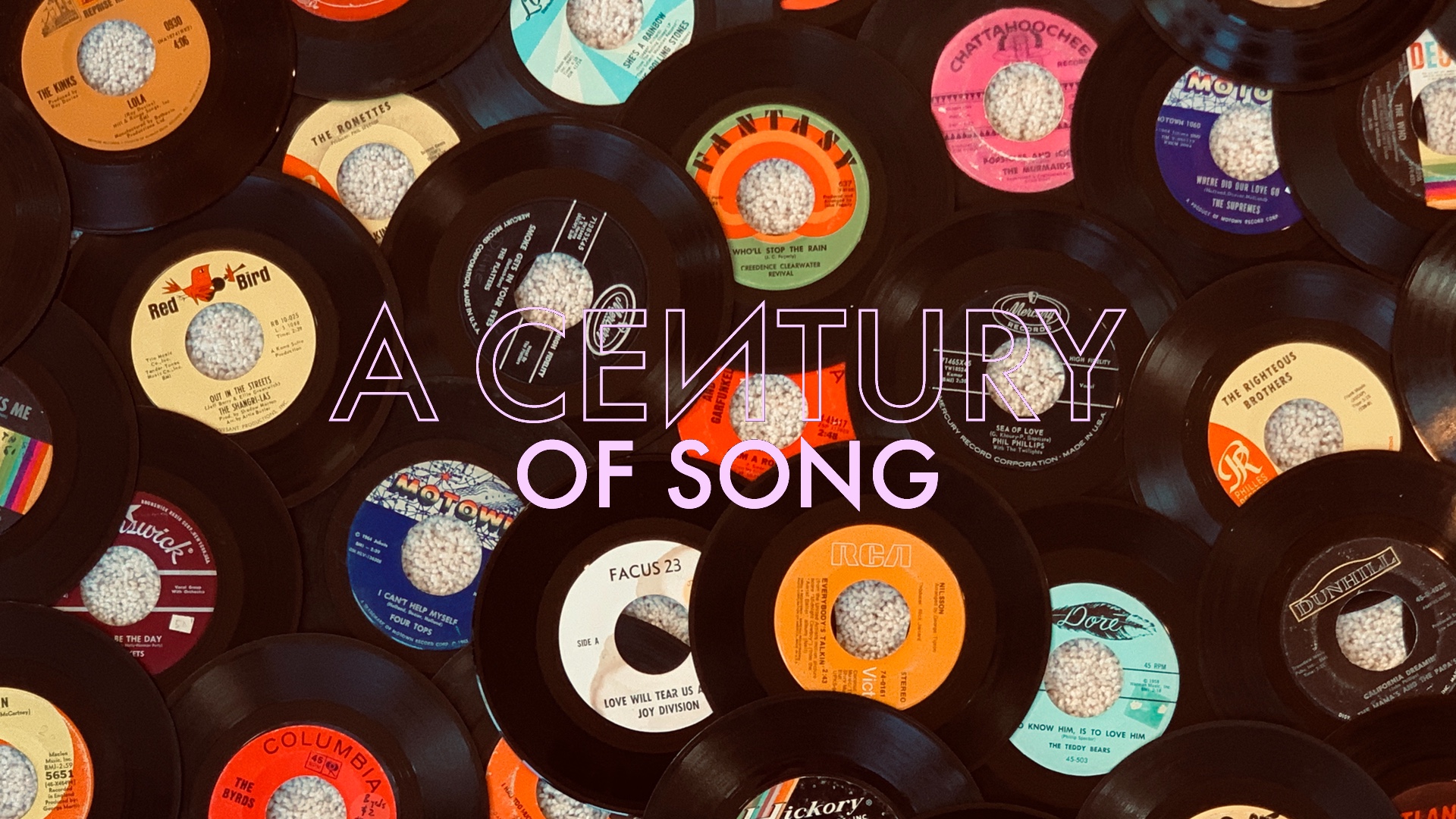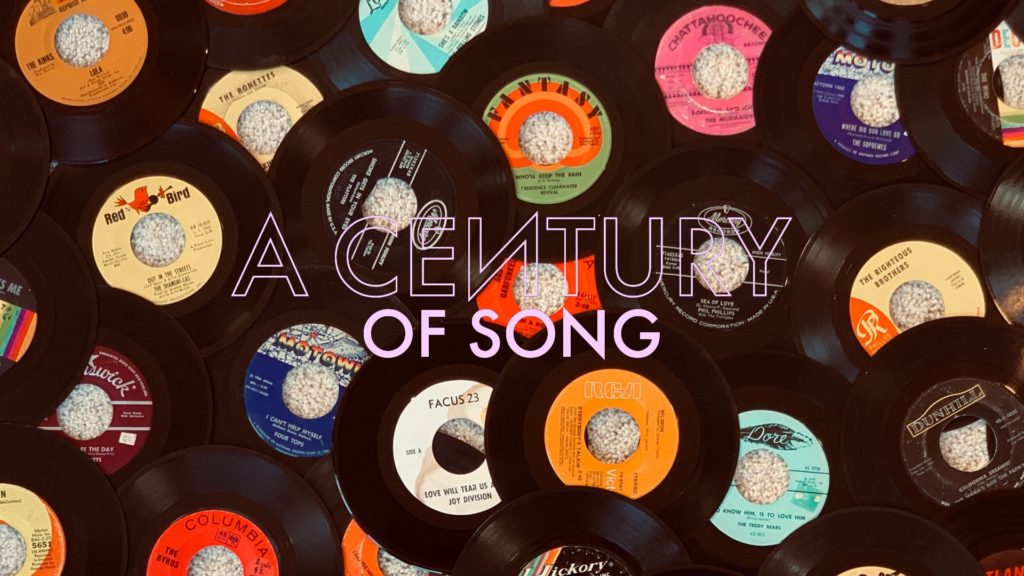
A Century of Song is an attempt to summarize 100 years of popular music through 1000 carefully chosen tracks. Included within this list are landmark singles, stellar album cuts, huge hits, hidden gems, and more than a few personal favorites. Read the introduction for the project here, and enjoy the embedded videos and Spotify playlist.
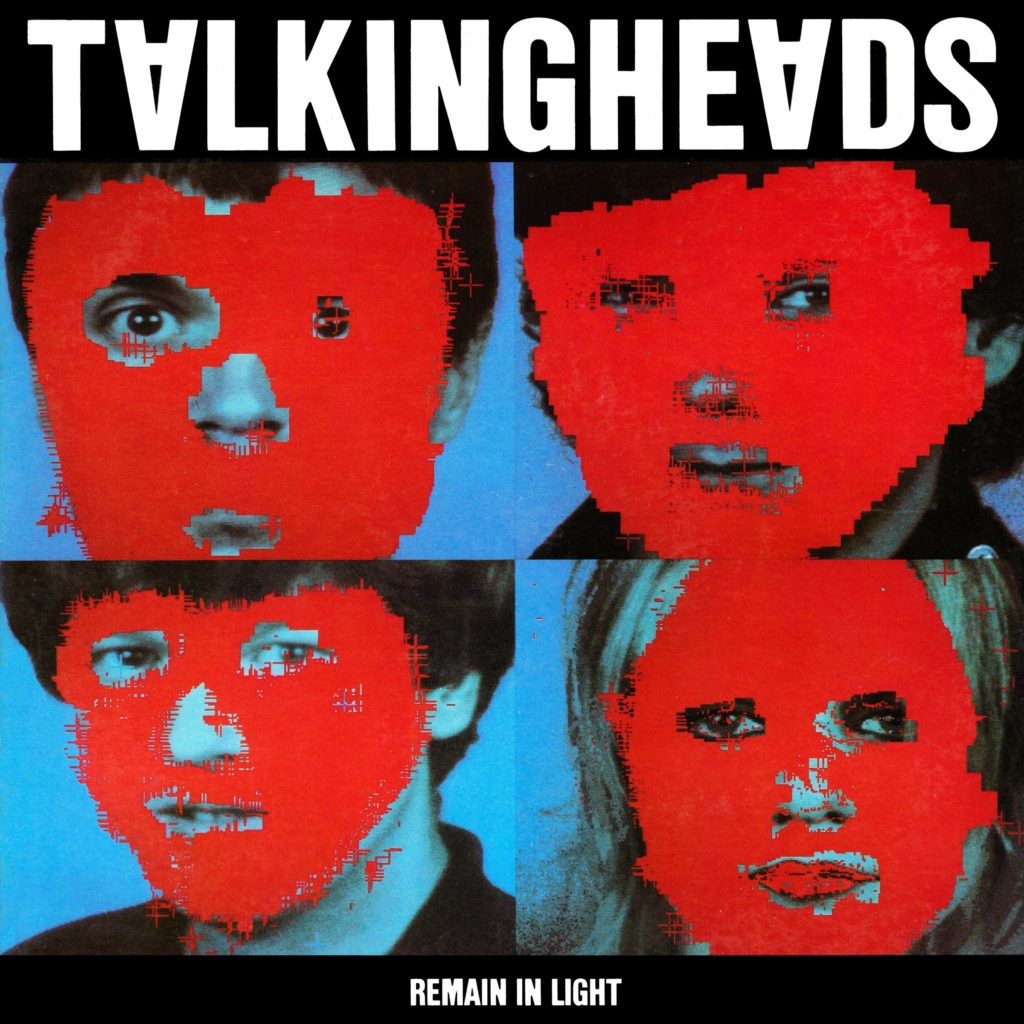
500
Talking Heads took their twitchy, nervous sound to an extreme on the opening track from their 1980 landmark, Remain in Light. The album – their third with Brian Eno serving as producer – saw the group of former art students indulging in their most experimental whims to date, and “Born Under Punches” was a stunning opening salvo.
Dense but danceable, “Born Under Punches” defies easy categorization. Talking Heads’ funk influences had loomed around the edges of their music from the outset – and had been engaged directly on several tracks from 1979’s Fear of Music – but “Born Under Punches” was a deep dive into complex polyrhythms, made even more compelling by David Byrne’s cryptic lyrics.
Perhaps the most dazzling – and influential – moment of “Born Under Punches” is the song’s instrumental break. A melange of glitchy keyboard sounds – seemingly designed to simulate their own malfunction – the chaotic solo provides a perfect accompaniment to the paranoia of Byrne’s “government man.”
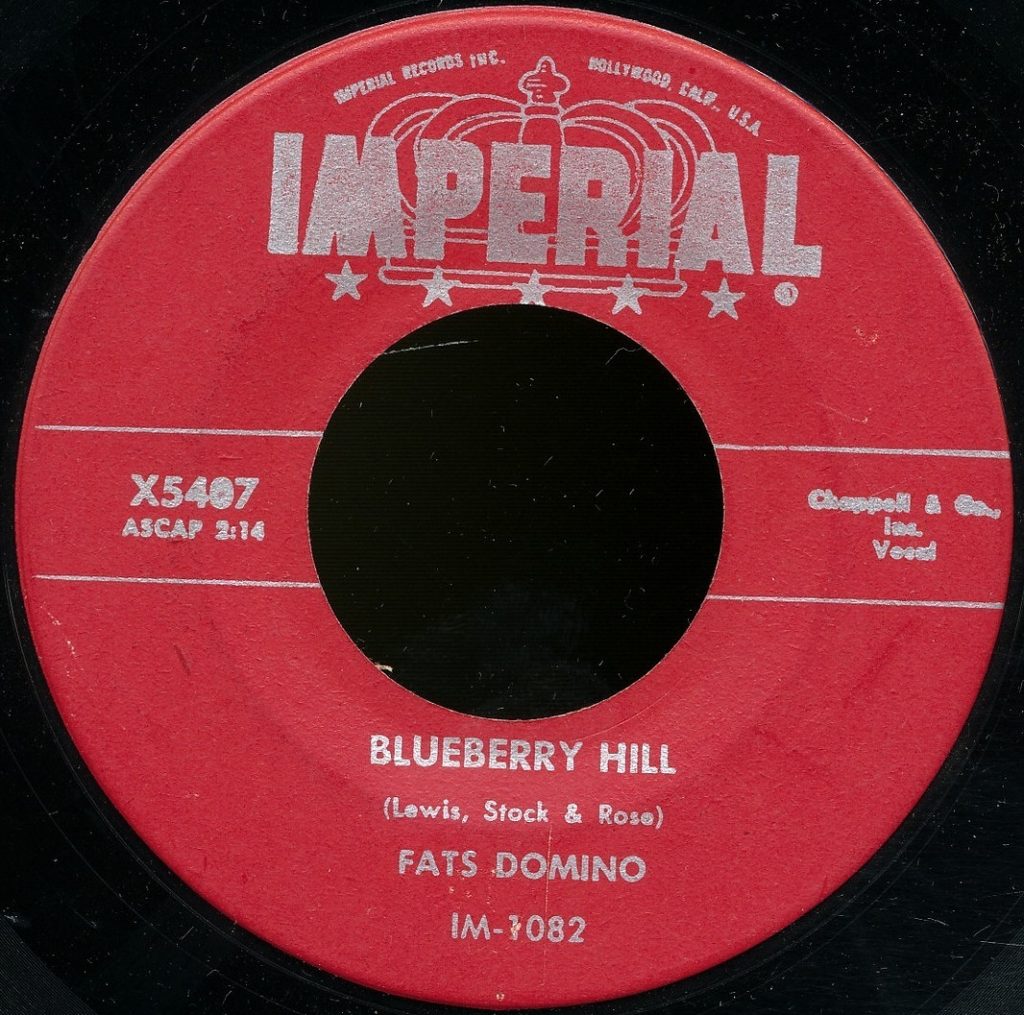
499
Written by Vincent Rose, Larry Stock, and Al Lewis in 1940, “Blueberry Hill” had been a charting hit on several occasions by the time Fats Domino recorded the track in 1956. However, it was his version that would make the song a rock and roll standard – one that would eventually be covered by the likes of Elvis Presley, Led Zeppelin, and The Beach Boys, among countless others.
Fats Domino was in a bit of a rut when he entered the studio to record “Blueberry Hill,” but the song would revitalize the New Orleans pianist’s career. Latching on to the burgeoning rock scene, the song became his most successful single – selling over five millions copies within two years of its release.
Domino’s vocal delivery – equally carefree and seductive – provided a charming counterpoint to his dexterous work on the keys. While it lacked the fire of contemporaneous singles by the likes of Little Richard and Jerry Lee Lewis, “Blueberry Hill” would provide an appealing, mid-tempo alternative to the wild sounds of rock and roll.
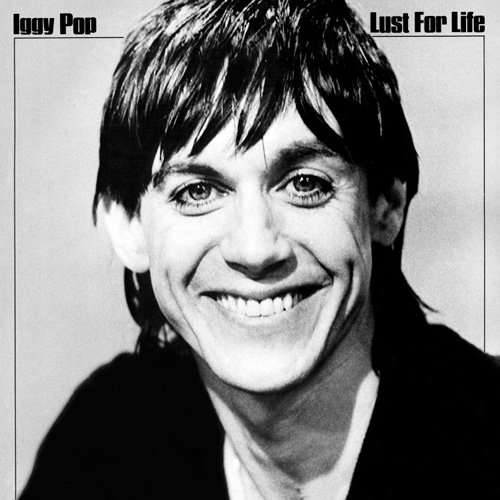
498
In the opening line to The Hold Steady’s 2008 song “Constructive Summer,” Craig Finn states, “Me and my friends are like the drums on ‘Lust for Life’.” Anyone familiar with the title track to Iggy Pop’s second record of 1977 needs no further explanation to know exactly what Finn means. Hunt Sales’ toms careen throughout the track’s five-minute run-time, providing a perfect aural embodiment of the song’s title.
Whereas the preceding The Idiot found Iggy exploring seedy, nihilistic territory during his Berlin detox, “Lust for Life” is celebratory. The song sounds like little less than an artistic rebirth – its buoyant drums matched by David Bowie’s pounding piano riff, and the group vocals that shout the title behind Iggy in the chorus.
Lust for Life would help to rekindle Iggy’s career, and serve as yet another artistic triumph in a dizzyingly successful year for both he and Bowie. Its title track stands as a joyous testament to their remarkable partnership.
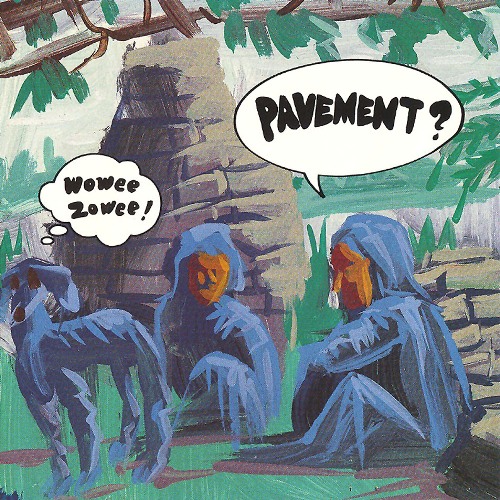
497
Pavement seemed to be on the cusp of a commercial breakthrough following the moderate success of 1994’s remarkable Crooked Rain, Crooked Rain. With a spot set on that summer’s Lollapalooza lineup, 1995’s Wowee Zowee arrived to high expectations. However, rather than doubling down on Crooked Rain‘s more accessible moments, Wowee saw the group creating a densely sprawling work with no obvious entry point.
The album’s finest moment, “Grounded” has the markings of an epic, despite its relatively compact nature. The winding guitar riffs that shade the verses give way to the band’s biggest crescendo to date. Stephen Malkmus forgoes a typical chorus, instead introducing the song’s jagged climaxes with the refrain, “Boys are dying on these streets.”
The line, and the controlled chaos that follows, were wholly effective – if not exactly easy radio fodder. However, “Grounded” provides an intriguing glimpse into what may be the band’s most fascinating record.
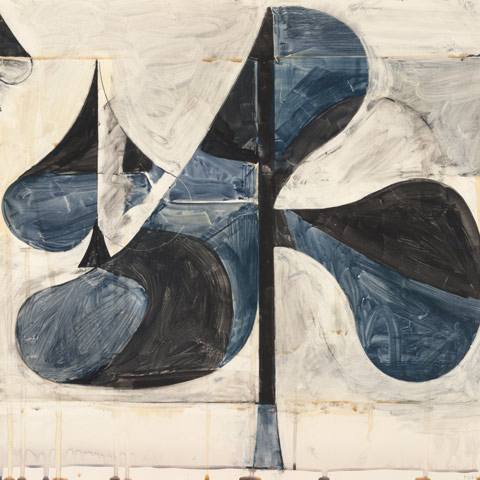
496
Having expanded their audience with 2009’s outstanding Veckatimest, Grizzly Bear sought to capitalize on that album’s success with 2012’s Shields. While largely operating in a similar mindset, Shields added the occasional harder edge to the band’s immaculate baroque pop sound, most effectively on the album’s highlight, “Yet Again.”
“Yet Again” surges like a tidal swell. Daniel Rossen’s open-tuned guitar – a key element to the band’s sound – lays out a series of reverb-drenched chords over a careening backdrop. Ed Droste’s soaring vocal melody provides a delicate airiness to the track, and the group harmonies that had added such valuable detail to Veckatimest return.
After the second and third choruses, the bottom drops out of the song, plunging it into a free fall for its final minute. Fans of legitimately heavy music may scoff at the idea of Grizzly Bear’s turn in a more visceral direction, but the group’s penchant for detail and subtlety make it nothing short of striking. I’ve included a particularly strong live performance as evidence.
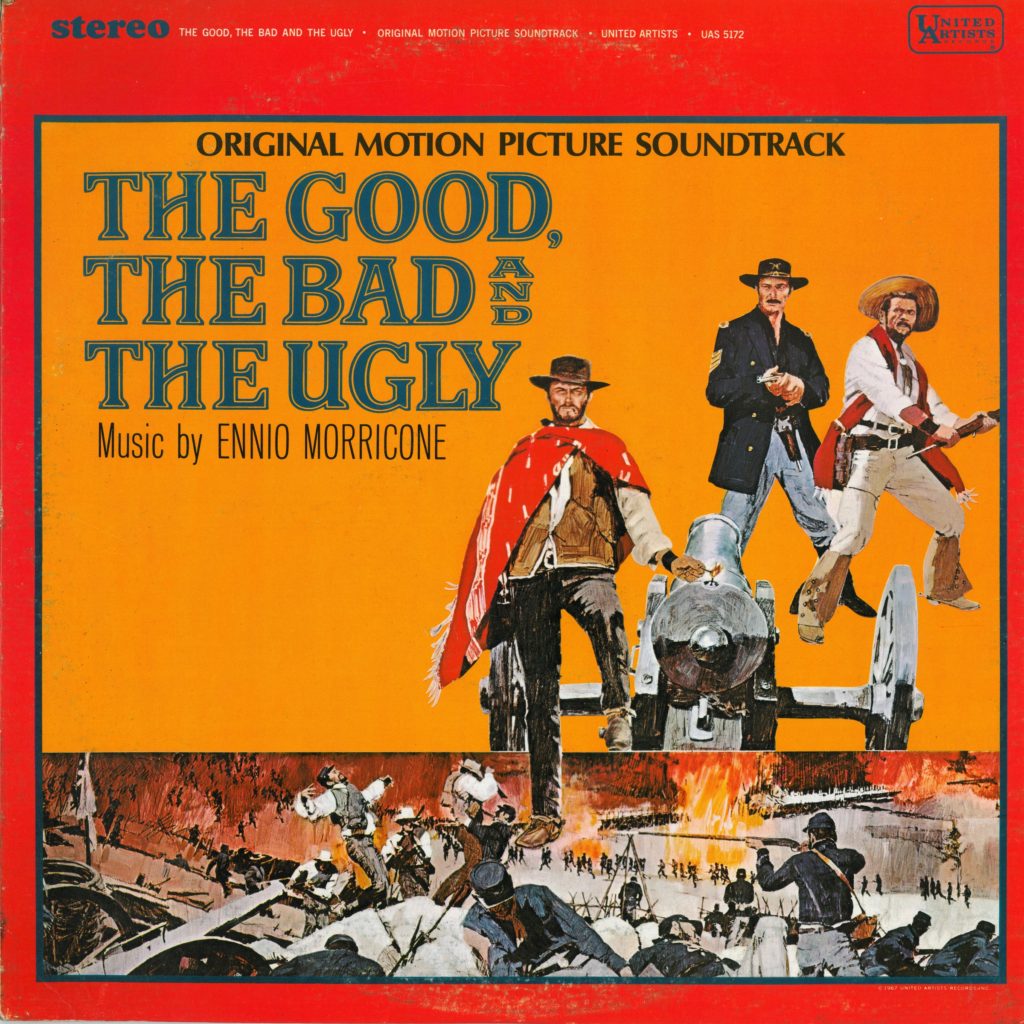
495
While it often takes a backseat to the iconic title theme, “L’estasi dell’oro” (“The Ecstasy of Gold”) is an equally stunning piece of music from Ennio Morricone’s masterful soundtrack to Sergio Leone’s The Good, the Bad and the Ugly. It stands as a highlight of the fruitful partnership between the celebrated director and beloved composer.
“The Ecstasy of Gold” soundtracks a particularly memorable scene from the film – one that shortly precedes its climax, but finds its characters tantalizingly close to a long-sought resolution. Morricone’s piece expertly captures the complex emotionality of the scene – providing a musical backing as rich as Leone’s visuals.
Though it’s best when taken as a pair with the film, “The Ecstasy of Gold” is plenty evocative on its own. The track’s expressiveness has led to its frequent repurposing in other contexts, and it never fails to captivate.
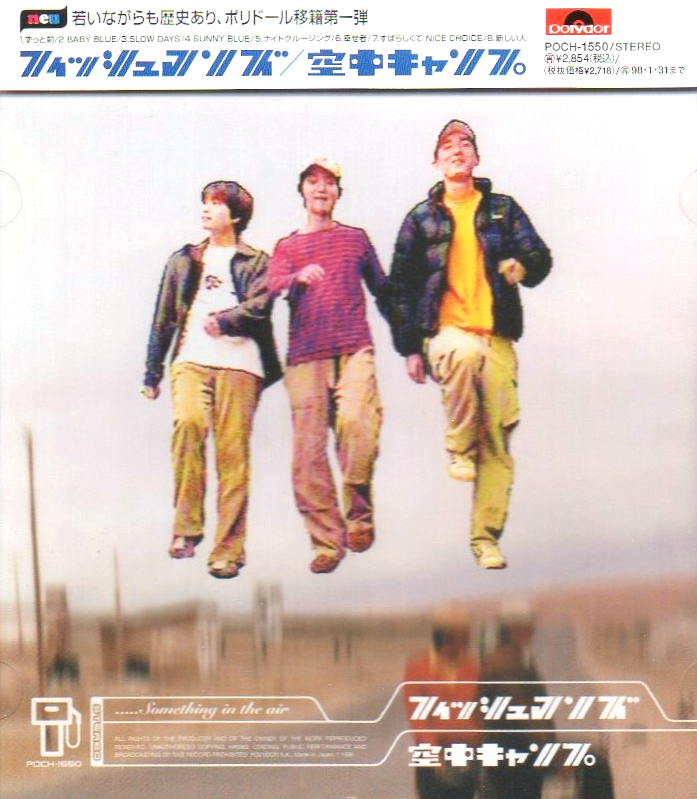
494
Fishmans’ masterpiece, 1996’s Long Season, fell victim to my self-imposed rules for this list – its thirty-five-minute run-time arranged as a single, suite-like track – but the Tokyo group comfortably landed a spot with this more conventional pop moment. The centerpiece to their other 1996 album – 空中キャンプ (Kūchū Camp) – “Night Cruising” is a more compact display of Fishmans’ appeal.
I could exhaust my storehouse of adjectives in describing “Night Cruising,” but I’ll just cut to the chase and dust off my favorite: ethereal. There’s a lighter-than-air quality to the song that places it in firmly in the dream pop camp, but the trio’s roots in dub keep it close to the ground. Incidentally, while typing this, I suddenly found a new appreciation for the Kūchū Camp album cover that I’ve always found a bit dopey.
Fishmans were a remarkable group that ended in tragedy with the death of vocalist/guitarist Shinji Sato. If you’ve never heard Long Season, I can’t recommend it enthusiastically enough, but to get a sample of the band’s unique charm, “Night Cruising” is a great place to begin.
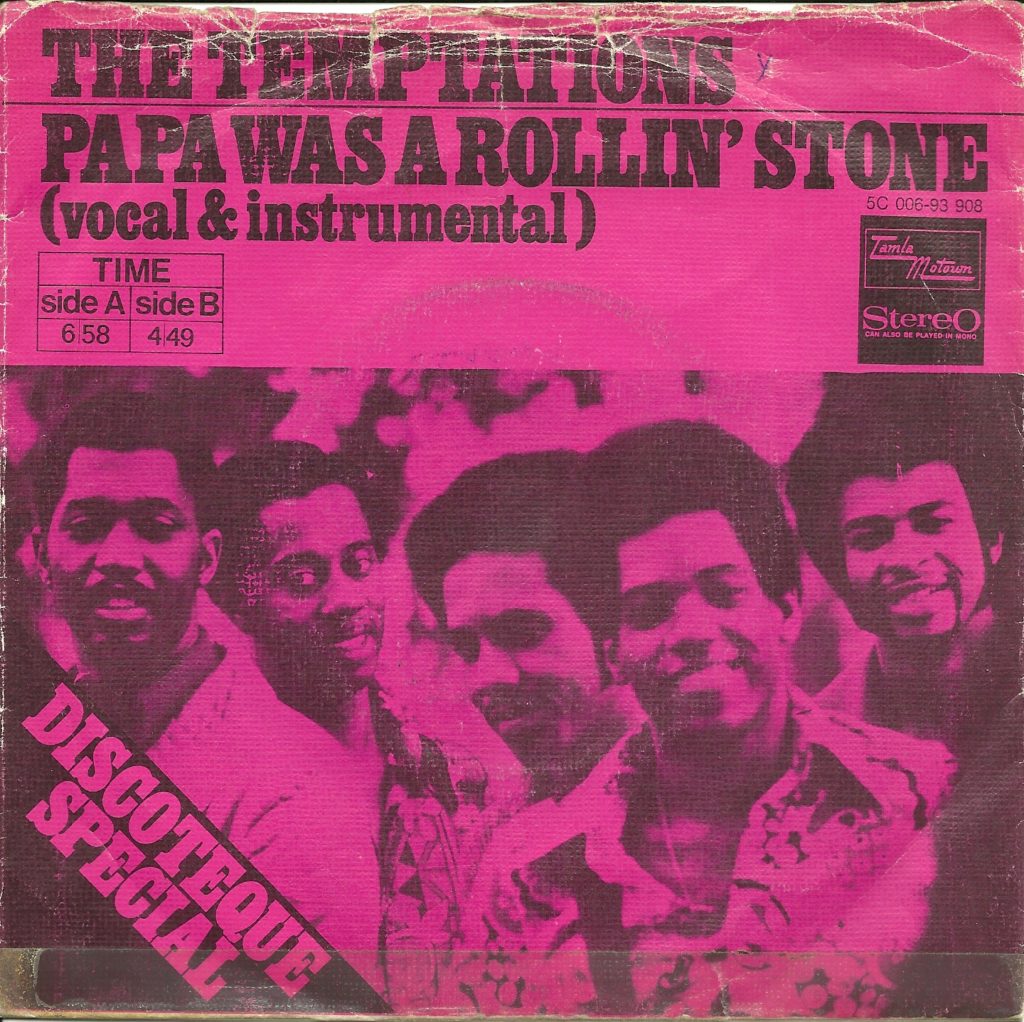
493
Having made a significant mark during Motown’s first golden era, The Temptations proved their durability as the sixties gave way to the seventies. One of their most celebrated tracks, “Papa Was a Rollin’ Stone” found the group in a full embrace of funk – and even anticipating elements of the disco era to boot.
Written by Motown architects Norman Whitfield and Barrett Strong, “Papa Was a Rollin’ Stone” was originally recorded by The Undisputed Truth. When their version stalled on the lower reaches of the singles charts, Whitfield re-recorded the track with the better-established Temptations. Edited down from the twelve-minute recording, their single reached number-one in the fall of 1972.
Driven by its insistent funk beat, “Papa Was a Rollin’ Stone” was much darker than the tracks that had made The Temptations stars in the sixties. Its personal, storytelling nature – which lightly folded politics and social commentary into the mix – helped to give the song a cinematic feel that matched its ambitious length.
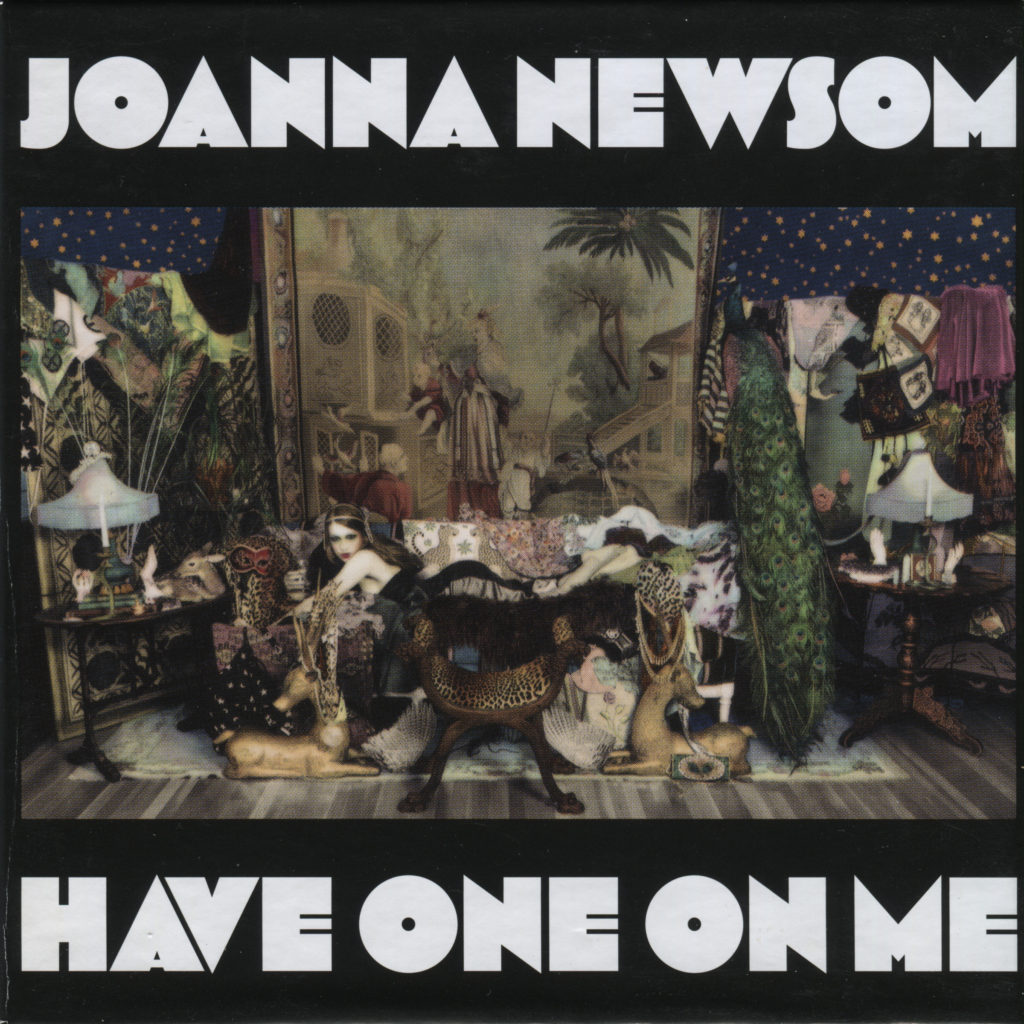
492
Admittedly, I was slow to accept Joanna Newsom. While seemingly every critic was gushing over 2006’s Ys, I found myself somewhat baffled by the praise it received. I could appreciate its ambition, but ultimately found the album to be needlessly showy and impenetrable. Needless to say, a triple-LP follow-up did not scream “necessary purchase” when it arrived in 2010.
Through much persistence from well-intentioned friends, I eventually gave Have One On Me a go. Finding myself pleasantly surprised, I worked my way back through Newsom’s catalog – ultimately, happily revising my stance on Ys.
More than any other track, it was “Good Intentions Paving Company” that turned the tide. While Newsom’s gift for delicate melodies is perhaps better displayed elsewhere, there’s a propulsive nature to this track – in addition to its winding travelogue lyrics and backing vocals out of a mid-seventies Joni Mitchell album – that makes it her most immediately appealing. At least as far as I’m concerned.
*Joanna Newsom’s music is presently not available on Spotify. In her absence, I have included a track by one of Newsom’s primary influences, Karen Dalton.
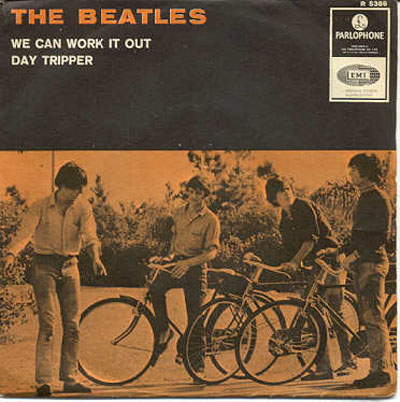
491
Oh, The Beatles in 1965… They were (slightly) more cohesive before, and (slightly) more brilliant after, but 1965 represented a sweet spot in the middle of the band’s storied run. Incorporating the acoustic folk-isms of the contemporaneous Rubber Soul sessions, “We Can Work It Out” was arguably the band’s most cerebral A-side to date.
“We Can Work It Out” is a perfect example of the artistic tug-and-pull between John Lennon and Paul McCartney. While infinitely more complicated than the common, simple, “Paul=positive/John=cynical” summation of their working relationship, the dynamic between their creative impulses is on full display here.
The two sides of the coin can be seen in the contrasting tones (and tempos) of the song’s verses and twice-repeated bridge. McCartney’s vocals tower over the verses, while Lennon’s harmonized vocals in the bridge – not to mention the waltz-break halfway through – seem to provide a sense of grounding that lends the song a much deeper emotional resonance.

490
Based on the primitive recording nature and bare-bones arrangements – usually just John Darnielle with an acoustic guitar – early Mountain Goats songs were generally dependent on either Darnielle’s vivid lyricism or a compelling performance. Widely considered one of his best lo-fi songs, “Going to Georgia” delivers in both regards.
Darnielle’s narrator in “Georgia” appears to be of the unreliable – or at least “omitting important details” – variety. What is there is somehow both deeply unsettling and oddly heartening. Amid an act of unspecified violence and/or monumental self-absorption, Darnielle’s narrator has an epiphany-of-sorts, and rage – at least momentarily – gives way to love. Or something like that.
Compared to other Mountain Goats tracks, “Going to Georgia” is more a triumph of style over substance. It’s Darnielle’s performance that truly sells the song – his voice growing more and more unhinged as the “world throws its light” on a bittersweet scene.
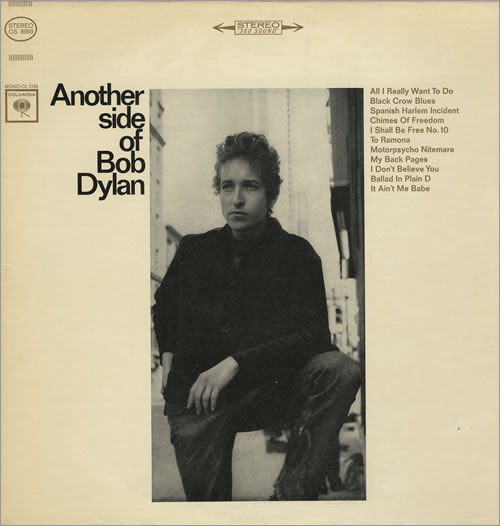
489
The title of his fourth album promised Another Side of Bob Dylan, and that is largely what it delivered. Caught between the protest songs that defined his earlier work and the mercurial brilliance that followed, Another Side was a transitional record, but one that offered some of Dylan’s most revealing work to date.
Taken at face value, the anti-devotional “It Ain’t Me Babe” comes off as something of a successor to the previous year’s “Don’t Think Twice, It’s All Right.” As another entry in what would be a long line of “last in love” songs, “It Ain’t Me Babe” found Dylan in an introspective mood – defeated and begrudgingly accepting.
There’s another plausible interpretation of the song though. Another Side represented the first of many instances in which Dylan would be accused of abandoning his audience. His decision to move away from topical material alienated many fans, and the folk community at large. Taken in the context of Another Side, “It Ain’t Me Babe” could be seen as Dylan’s statement of artistic independence – a defiant response to those who sought to pigeonhole him as a protest singer.
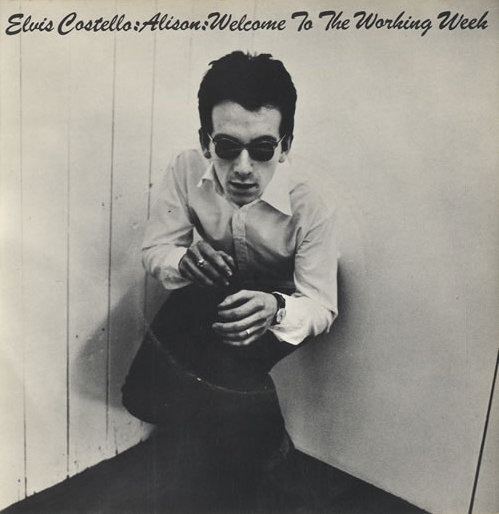
488
A love song of significant complexity, “Alison” represented the arrival of the best songwriter of the punk generation. While it could be argued that Elvis Costello was more punk-adjacent than punk-proper, his reputation as an “Angry Young Man” was solidified by the sharply bittersweet lyricism of which “Alison” was a prime example.
“Alison” finds Costello looking back on a long-lost love. Though years have passed, his feelings for the title character have only grown more complicated. There was betrayal, jealousy, and other ill feelings in the past, but she is still far more than just a lingering memory to the song’s narrator. The tonal contrast to the rest of the album only helps to reassure Costello’s promise that his “aim is true.”
Of course, that refrain would become the title of Costello’s debut album. Released in July 1977 – just weeks before the death of another famous Elvis – My Aim Is True would be the first triumph in a run of classic albums. However, for many listeners, Elvis Costello would never improve upon his first impression.

487
Proving that you can at least attempt a second chance at a first impression, Will Toledo revisited his highly-autobiographical, self-recorded 2011 album, Twin Fantasy, by re-recording the entire thing. While Toledo wasn’t the first artist to ever attempt such a move, it came as a surprising decision, following the increased profile brought to Car Seat Headrest after 2016’s Teens of Denial.
Released in 2018, Twin Fantasy (Face to Face) may have divided Car Seat Headrest’s fanbase over which version of the album was superior, but few could deny that the muscular, full-band approach to the newer version brought another dimension to Toledo’s angsty songs. One of the biggest benefactors of this bigger sound was the album’s centerpiece, “Bodys.” Already a standout from the original Twin Fantasy, the re-recorded version stands as the most anthemic moment on the album.
Though it’s something of an endorsement for living in the moment, there’s a bittersweet nature to the revisitation of “Bodys.” Originally recorded when Toledo was still a teenager, the passage of even just seven years may have brought a little more wisdom to the track, but it also allowed a little more weariness to sneak in as well.
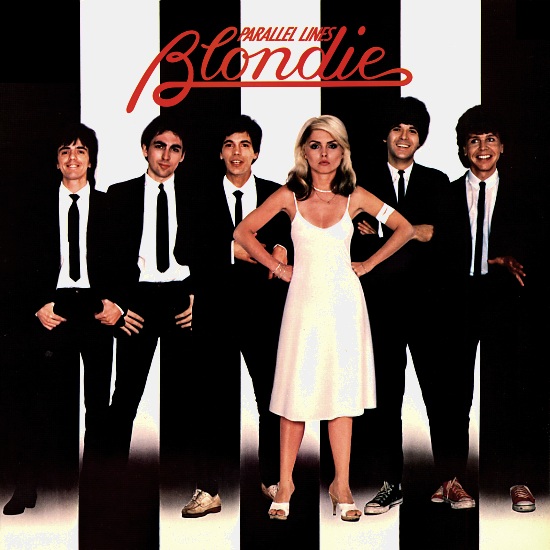
486
Even loosely knit music scenes have politics, but to the punk bands that had made their name at New York’s CBGB in the mid-seventies, a fellow group’s ethos was arguably as important as their music. When Blondie hit number-one in 1979 with a song that veered dangerously close to disco, it set off a firestorm of controversy in the scene.
“Heart of Glass” was an old song when the band dusted it off during the sessions for 1978’s Parallel Lines. Written by Debbie Harry and Chris Stein, the track had taken on several different forms in its embryonic state, but truly came to life with the glossy sheen of Mike Chapman’s production. Though it was something of an anomaly among the other tracks on Parallel Lines, it wasn’t that out of character for a band that regularly worked Donna Summer’s “I Feel Love” into its live setlist.
What happened next was inevitable in hindsight. Whether out of politics, jealousy, or spite, Blondie found themselves outcasts on the scene from which they had emerged. Like fellow CBGB vets Talking Heads, the group would continue to explore various genres in the years to follow: most notably reggae (“The Tide Is High”) and rap (“Rapture”). As a result, Blondie would become a critical force in the emergence of New Wave.
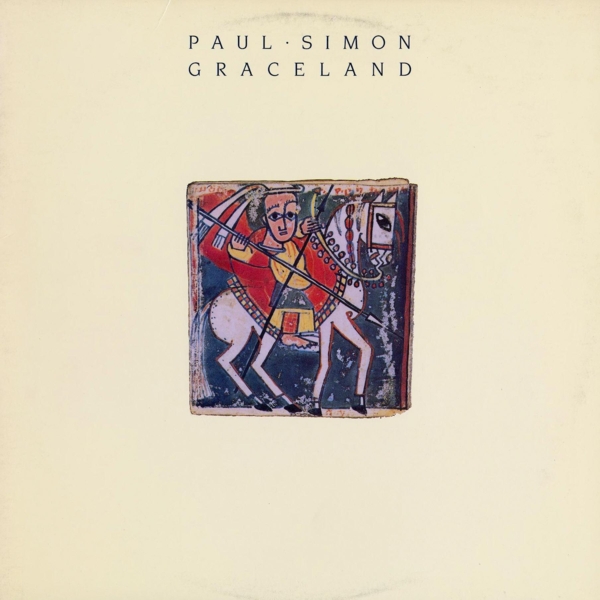
485
1986’s Graceland was a career-revitalizing masterstroke for Paul Simon. A massive critical and commercial success, the album was also the boldest artistic – and inadvertently, political – statement of his career as well. Working with a talented cast of South African musicians, Simon created an expressive instrumental palette for his most impressionistic lyrics to date.
The album’s crowning achievement is its title track. While less overtly guided by his collaborators as some of the surrounding tracks, “Graceland” still teems with the rich instrumental contributions of Ray Phiri (guitar), Bakithi Kumalo (bass), and Demola Adepoju (pedal steel). In addition, Simon’s early idols, The Everly Brothers, provide their signature harmonies to the track.
Lyrically, “Graceland” features a series of vivid vignettes and rich imagery. Though rife with allusions to tragedy, the song’s refrain provides a sense of optimism that pairs perfectly with the vibrant music. It all comes together as a ravishing centerpiece to a remarkable record.
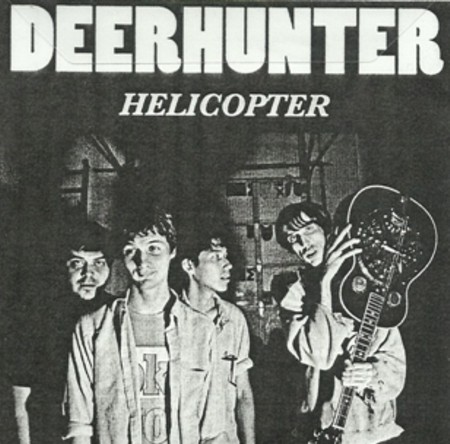
484
The highlight of 2010’s Halcyon Digest, “Helicopter” found Bradford Cox merging the dream pop stylings of his solo project, Atlas Sound, with Deerhunter’s band-based approach. The result was the most gorgeous track in either project’s catalog.
Based on a short story by Dennis Cooper, “Helicopter” creates beauty out of tragedy. Cox’s lyrics are from the perspective of Cooper’s character Dima – a Russian boy sold into sex slavery. In the story, Dima’s whereabouts are left unknown, despite rumors suggesting that he had been thrown out of a helicopter in a forest in northern Russia.
That imagery provides the haunting backdrop to Cox’s repeated recitations of the refrain, “Now they are through with me.” As he sings it, “Helicopter” swells, recedes, and crescendos again, before falling into its aqueous, ambient conclusion.
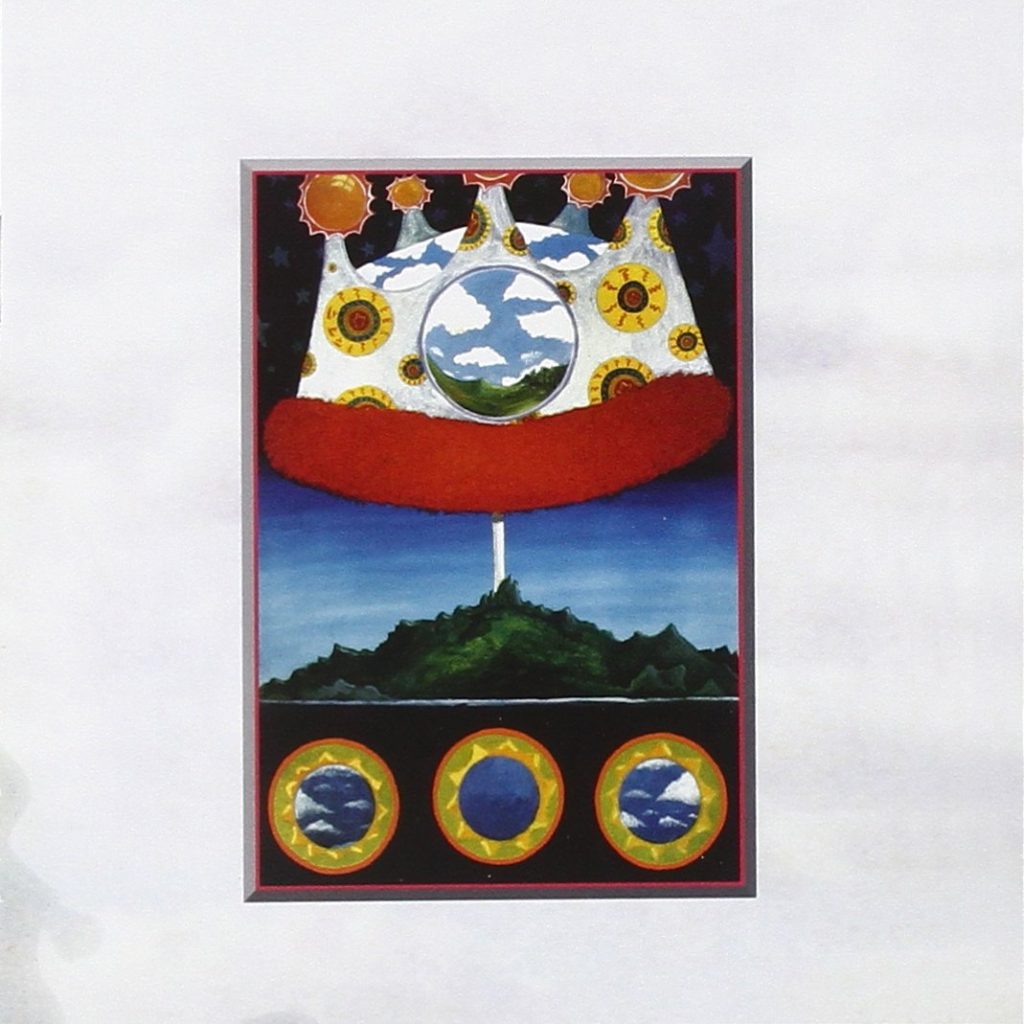
483
The exquisite conclusion to 1996’s Dusk at Cubist Castle, “NYC-25” is the most perfect realization of The Olivia Tremor Control’s Beatles-by-Tascam vision. However, to reduce the Louisiana collective to the status of mere revivalists does a significant disservice to their song craft, and the cult following that has grown around their own Elephant 6 scene.
Dusk at Cubist Castle is a daringly experimental work – not only in the extended “Green Typewriters” suite, but in most of the album’s second half. “NYC-25” emerges from that discordance in the same way that a soft landing does to a turbulent flight. Its dreamy, tape-warped chords intersect with its buoyant bass line and airy harmonies in a delightfully amiable manner.
Like all good lullabies, “NYC-25” goes away gently, as Julian Koster’s “singing saw” drifts off into the ether. Lead singer Bill Doss wishes his listeners pleasant dreams, but implores them not to sleep too long. Doss would die in 2012 – reportedly while The Olivia Tremor Control were working on a long-awaited return.
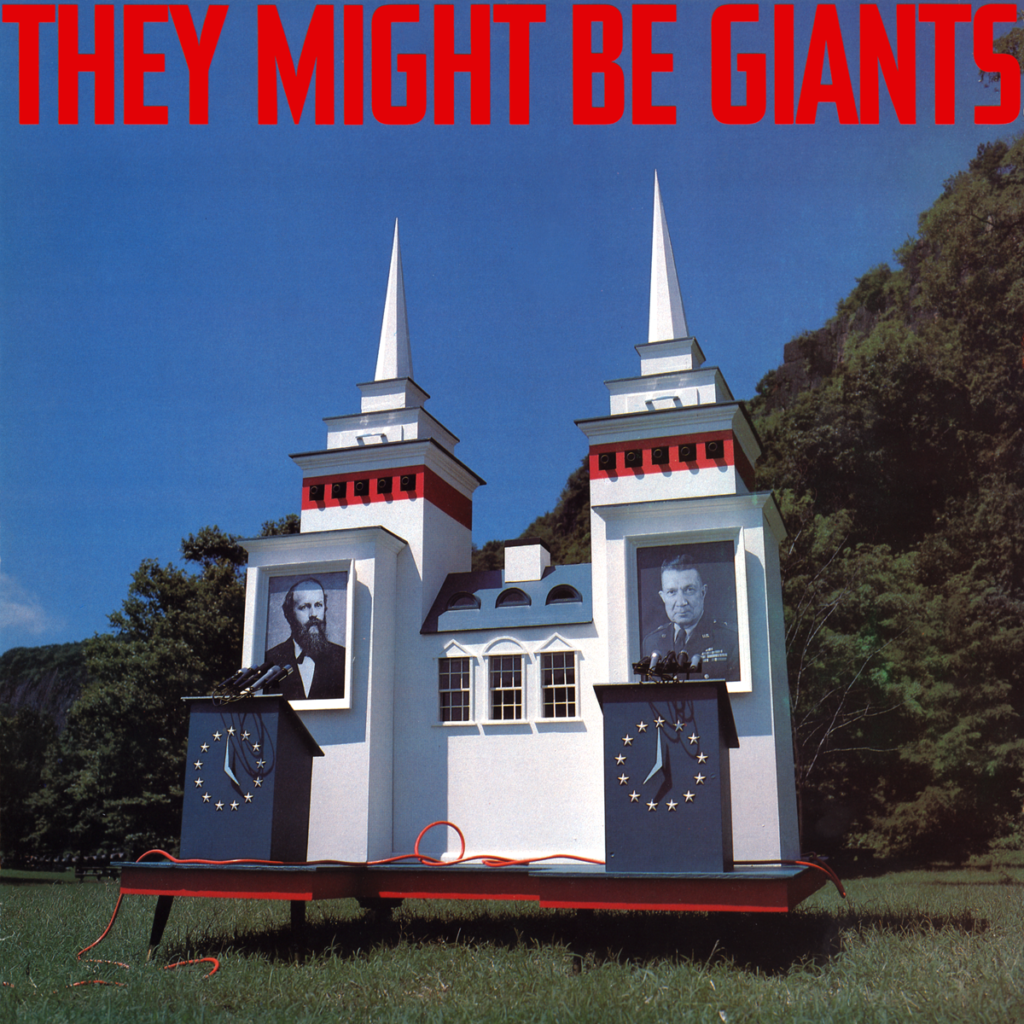
482
They Might be Giants’ 1986 self-titled debut was a refreshingly geeky, charmingly homespun record. Filled to the brim with hooks, bizarre pop culture references, and the endearing idiosyncrasies of John Linnell and John Flansburgh, They Might be Giants made the Brooklyn duo one of the surprise indie success stories of the eighties. For their 1988 follow-up, Lincoln, they would prove that it was no fluke.
Lincoln was a dazzling record, but its clear highlight was the album’s first single, “Ana Ng.” Introduced by Flansburgh’s heavily gated guitar, the track weaves Linnell’s catchiest melody over a jittery, syncopated rhythm. Though no longer limited by the constraints of their four-track recorder, the duo still managed to coax a surprisingly lush sound from a modest arrangement.
As if afraid to grace such a conventionally appealing melody with forthright lyrics, Linnell veers back and forth between affecting couplets and elliptical abstractions. “Ana Ng” may not be as clearly sketched as other pop muses, like “Peggy Sue,” “Billie Jean,” or “Barbara Ann,” but it’s her elusiveness that makes her so intriguing. They Might be Giants wouldn’t have it any other way.
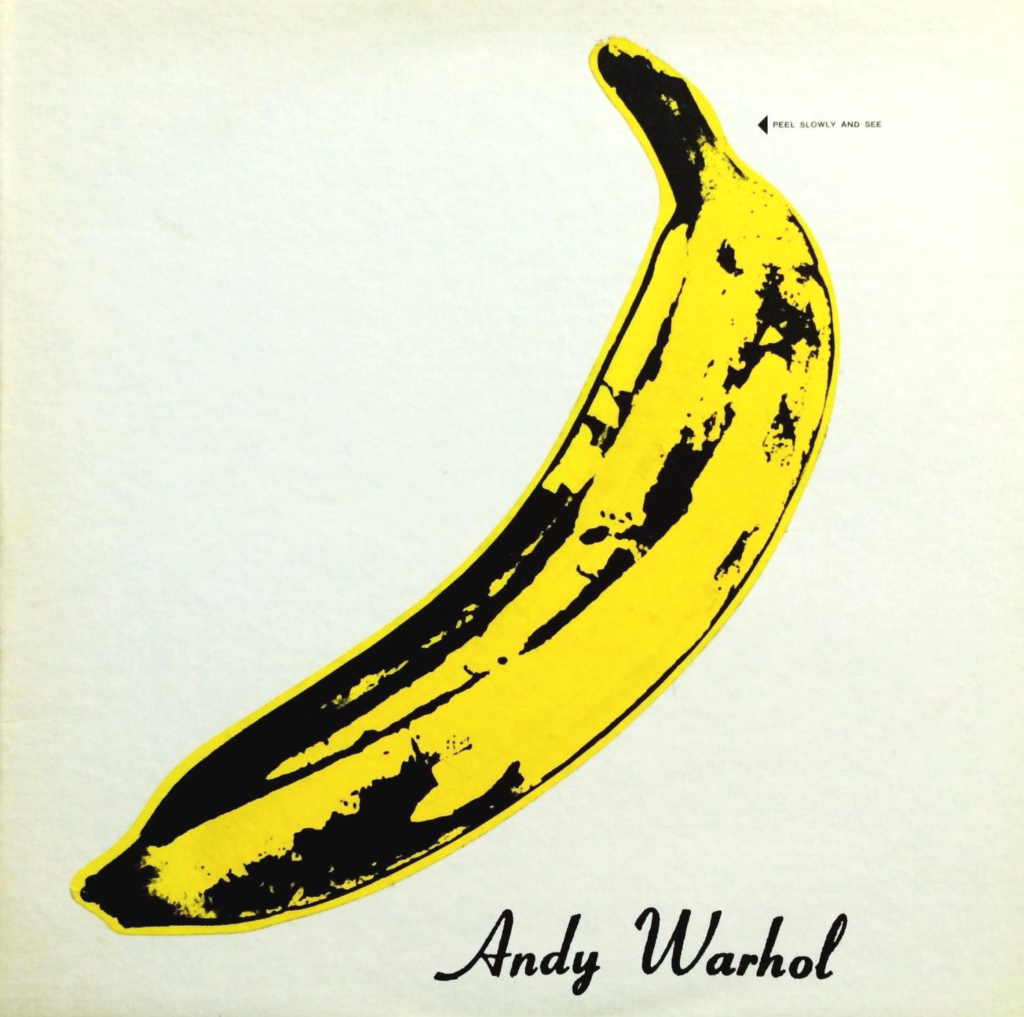
481
Though I’ve already used it once – and swore to limit myself in an earlier entry – the atmosphere created by “Sunday Morning” couldn’t be described as anything but ethereal. While it opens an album that would become notorious for its risqué subject matter and bold experimentation, “Sunday Morning” couldn’t possibly be more inviting.
The shorthand version of The Velvet Underground’s story – the one that formed the group’s mythology for decades after their breakup – was unnecessarily reductive. Reading about the band growing up gave me the impression that they were something to be appreciated rather than enjoyed. Their story isn’t “Heroin.” It isn’t Warhol. Those are mere shades that form only a portion of their legacy.
The magisterial beauty of “Sunday Morning” is another one of those shades. Yes, the lineage of punk can be traced back to The Velvet Underground. However, so too can the lineage of dream pop. While “Sunday Morning” might not be the earliest predecessor to the sub-genre, it’s the first time that something this “dreamy” dared to cross paths with the subversive.


